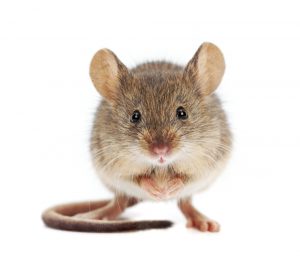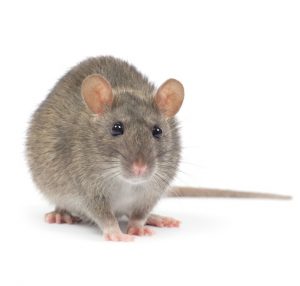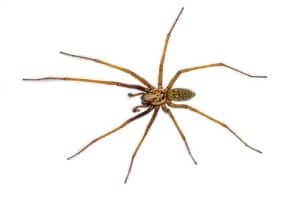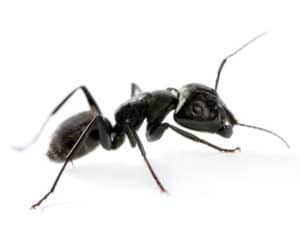As winter sets in, homeowners often turn their attention to cozy blankets and warm meals. However, lurking in the shadows of this season is a less welcome reality: the migration of pests into our homes. As temperatures drop, various pests seek shelter and warmth indoors, presenting challenges for homeowners. Understanding these seasonal movements, the types of pests involved, and how to mitigate risks is essential for maintaining a comfortable and pest-free home.
Understanding Pest Migration
As a restaurant owner or manager, it's essential to recognize the types of pests that commonly invade food establishments. Awareness of these pests and their habits is crucial for effective pest prevention and management.
Definition of Pest Migration
Pest migration refers to the seasonal movement of pests from their natural habitats into human dwellings. As outdoor temperatures decrease, many pests instinctively search for warmth, food, and shelter, often making their way into homes. This migration isn't merely a coincidence; it's a survival tactic for many species as they seek protection from harsh winter conditions.
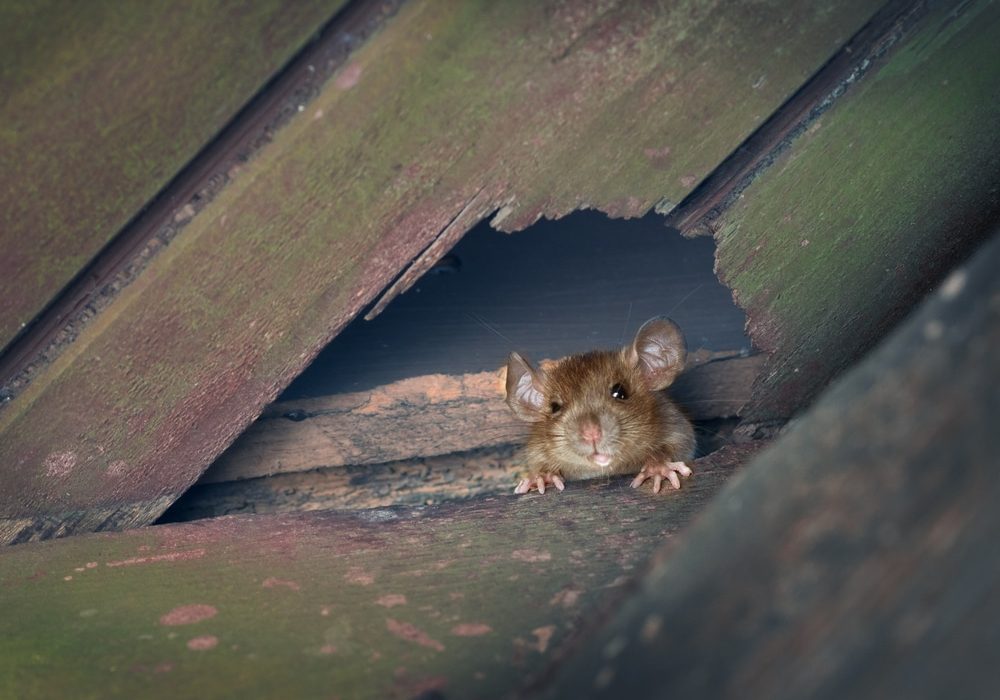
Commonly Migrating Pest Species
Throughout the winter, homeowners may encounter various pests, including:
- Rodents: Mice and rats are notorious for invading homes.
- Cockroaches: These resilient insects are also common winter intruders.
- Spiders: Various spider species seek warmer spots inside homes.
- Ants: Some species can remain active throughout winter and seek shelter in homes.
Understanding these factors and the common pests involved can prepare homeowners for the seasonal challenges that lie ahead.
Factors Driving Pest Migration
Several factors drive this migration during the winter months:
- Decreasing Temperatures: As the cold sets in, food becomes scarcer, and outdoor environments become inhospitable for many pests.
- Seeking Warmth and Shelter: Most pests are small and can access homes through tiny cracks and gaps, finding refuge in attics, basements, and other warm areas.
Risks Associated with Winter Pests
Understanding the risks associated with common winter pests is crucial for effective management.
Health Risks
- Diseases Spread by Rodents and Cockroaches: Both pests are carriers of diseases that can be transmitted to humans through contact with droppings, urine, or bites. Rodents might spread Hantavirus, and cockroaches can transmit salmonella and cause asthma and allergy flare-ups.
- Allergic Reactions: Exposure to pest droppings, saliva, and urine can trigger allergic reactions in sensitive individuals, leading to respiratory issues and other health concerns.
Property Damage
- Structural Risks: Rodents, particularly rats and mice, have a habit of gnawing on electrical wiring, wood, and insulation, posing fire hazards and causing structural damage that can be costly to repair.
- Contamination of Food: Pests can contaminate food and surfaces, leading to foodborne illnesses and additional remediation costs.
Economic Impact
- Costs of Pest Control: The expenses associated with pest control services can add up quickly, especially if infestations are not managed in a timely manner.
- Potential Loss of Business: Restaurants and food establishments may face significant financial losses and legal issues due to pest infestations, impacting their reputation and customer trust.
At Emtec Pest Control, we are committed to safe and responsible pest control. We understand that your family’s safety is your number one priority, so we make it our priority, too.
If you have any other questions about any of these pests or pest control for your home or business, contact your Oklahoma pest control experts at Emtec Pest Control by calling us or by filling out our online contact form.

